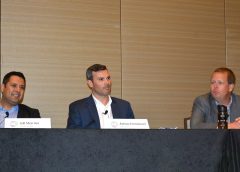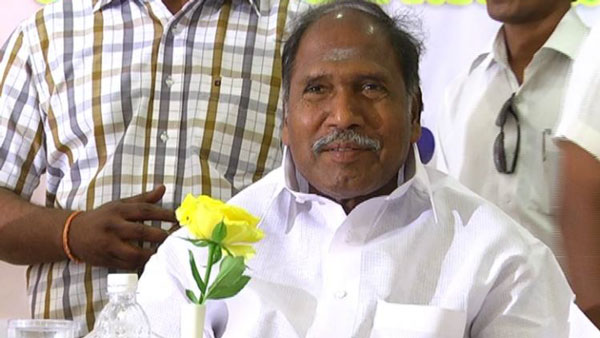
Company Policy, Not Desire, Curbs Business Travel Demand
[ad_1]
NASHVILLE, Tennessee — The principal slice of demand largely absent from the hotel industry recovery of recent months is business transient, and speakers at the Hotel Data Conference said its return is not understood completely.
Virtual conferences might have lost some sheen as screen fatigue grows, but chief financial officers will still be under pressure to cut travel budgets and limit hotel overnights to attend face-to-face client meetings and major company events.
During a panel titled “The return of business (transient) travel,” Chris Crenshaw, vice president of digital services at STR — CoStar’s hospitality analytics firm — said business demand still lags 2019 levels for Mondays through Wednesdays, with demand down 13% at luxury U.S. hotels and down 9% at upscale and upper-midscale hotels.
“Group [demand] took six years to recover from 2008 and 2009. This time around it has taken a much shorter period, although it is not fully back to 2019 levels,” he said.
Crenshaw said that of the top 25 U.S. hotel markets, Tampa/St. Petersburg has experienced the strongest rebound in demand, while the weakest showing is in San Francisco, where hotel demand is down 25%.
The good news is that most companies now are allowing business travel, especially since June, said John Cook, senior director of data science and reporting at Marriott International. But remote working is still a huge factor.
“We do not have a great insight on what it will look like by the end of the year,” Cook said. “What is the long-term impact of working from home? We do not know where the ceiling is.”
Gaurav Sharma, executive vice president of revenue and distribution at EOS Hospitality, said some business travel demand has shifted away from the typical urban markets to drive-to markets.
“Luxury is not slowing, but it is becoming last-minute, although [business travelers are] not just traveling for two days but coming with their families. One question is how much of that extra spend is dollars, or loyalty points?” he said. “The pandemic has not changed travel, but it has changed people, what they want, expect and experience.”
Adrian Emmanuel, senior director of supplier management and strategy for SAP Concur, said over the past three months there has been a 70% return in corporate business compared with 2019.
“We are seeing a trend in corporate business, but going into the fourth quarter, we likewise are not sure,” Emmanuel said, adding SAP Concur has limited travel to client-facing meetings.
“To our own conference this year, our enterprise customers did not send five to seven employees, but one, two or three,” he said. “I also postponed a meeting as the airfare was three times what we thought it should be [both for refundable and non-refundable tickets]and I could not get it approved.”
Cook said he has witnessed an informal competition among business travelers to see who could fly in closest to the meeting and fly out closest to its end.
“The ability to work remotely, and whether you do a lot or a little, has changed our thinking of how we structure our business trips,” he said.
Many business travelers are running low or out of loyalty points following two years in which meetings did not occur, although increased spending on credit cards may have helped some, Sharma said. They might have burned points, but they did not earn, he added.
“All loyalty is based on a cycle, and we have not seen the big companies come back to the point we’d like them,” Cook said.
Emmanuel said travelers are being more innovative in how they cash in loyalty points, especially around experiences. He added the leisure part of bleisure trips for business travelers should not be booked at the same time as the business portion, as that makes accounting complicated for hoteliers.
Cook said for the past two years, hotel average daily rate for business travel has merely rolled over, and while it might be a suitable time to adjust prices, recent inflationary headwinds do not make that task easy.
“This year [business travel] will be a big challenge, and there have been so many changes in so many markets,” he said.
Historically, revenue managers have wrestled with holding rates with returning corporate clients so as not to risk losing that business, Cook said. But this will not work anymore, plus those companies might have changed their model, staff and travel permission.
“Whether the buyer or seller is in command depends on the market,” Cook said, adding the industry is embarking on a fresh round of pricing and negotiations.
Sharma said the market must understand it will have to pay more.
Return to the Hotel News Now homepage.
[ad_2]
Source link


